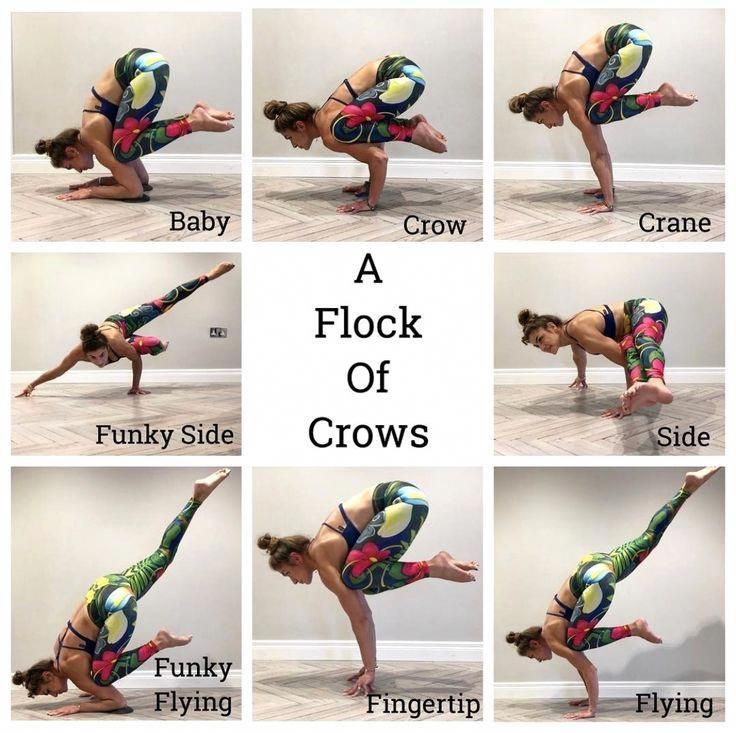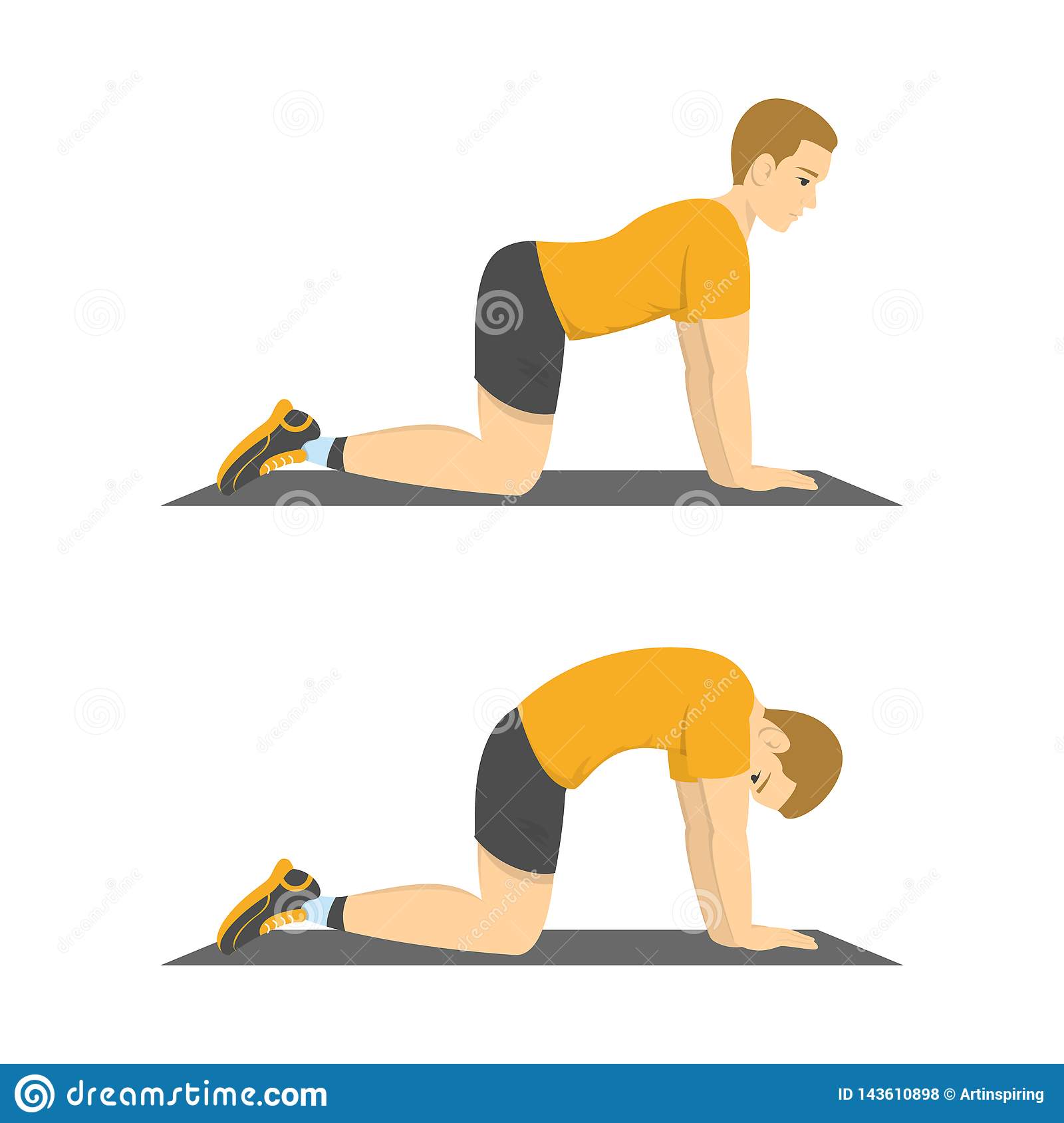
Constipation yoga is not just good for relieving stomach pain. The first is a simple, yet effective, twisting posture that strengthens your abdominal muscles. It also stimulates the digestive tract. This yoga position can help you improve your bowel movement. It can also alleviate symptoms like periods and bloating. Below are the best poses to relieve constipation.
Cat-cow pose: This yoga pose works to stimulate the abdominal region by activating core muscles, while simultaneously stimulating the movement of the midsection. You will also need to exhale air from the belly in order for the intestines to move. This is believed to stimulate the bowels. This is a great position to use in combination with healthy eating habits and adequate sleep. This will help you with constipation.
Crescent Lunge Twist - This pose requires you to twist your torso. This pose is great for beginners because it doesn't require much twisting. It will also help ease the gas-causing effects of constipation. Wind-Relieving Poses: Another great option for constipation sufferers is this yoga pose. It is an inversion that can relieve gas. This is a great position to start with for beginners.

Crescent Lunge is a basic yoga pose that stimulates digestion and blood flow to internal organs. It also helps stretch the entire GI tract. Crescent Lunge: To perform the Crescent Lunge, you need to stand on your hands and knees. Your palms should be facing forward. Place your right knee in front of your chest. Next, extend your arms and legs. Tuck your stomach toward your navel. Repeat the same thing on the opposite side. This pose will strengthen your abdomen and bowels.
Wind-Relieving Position: This pose is good for constipation. This exercise strengthens your abdominal muscles and helps to eliminate excess acid and gas. This is one of the most difficult asanas. It's therefore important to take care while performing it. This pose is not recommended for beginners. You can also slow down the pace and increase your confidence if you are unsure.
Yoga has many benefits for the digestive system, including relieving constipation and reducing stress. Yoga can help you regulate your body's release of chemicals. For example, the majority of serotonin in our bodies is produced by the gut. Strengthening the parasympathetic nerve system will help to balance cortisol and serotonin.
The universal spinal twist aligns your spine and abdominal organs. This prevents gastritis. It also helps reduce belly fat. This yoga asana can also be used to relieve constipation. It is one the most well-known supine yoga poses for constipation. It is especially useful for people suffering from high bloodpressure or other medical conditions.

Aside from constipation yoga, there are many other remedies to address this condition. Walking regularly and drinking warm water are great ways for stress reduction and to improve digestion. Healthy eating habits will help you avoid chronic constipation, and increase your overall health. To improve your posture, and to relieve pain in the back, you can try a gentle, seated downward-dog pose. This position is especially beneficial for chronic constipation sufferers.
Yoga for constipation is not only beneficial, but it's worth it because of its symptoms. These tips will make it easy to pass stool naturally without any discomfort or pain. So, don't delay. Take a positive attitude, and try this pose right away!
Yins And Anti-Constipation: Discover the Many Health Benefits Of Doing Standing Poses
Ardha Matsyendrasana also known by needle pose helps to massage the digestive system. This position helps improve digestion and cleanses the body. For this reason, it's particularly effective for treating constipation. Sitting for five to seven consecutive minutes is a good option if your condition prevents you from sitting for extended periods. After that, you can take your time and concentrate on the pose for a few moments before you try it.
FAQ
What is the purpose of milk for men?
Think about other uses for milk next time you purchase it. It might also help if you start drinking less coffee.
Children and adults both have found milk to be beneficial. Milk contains nutrients like vitamin D. Calcium, potassium, phosphorous, magnesium, and other essential nutrients.
It also aids digestion, improves bone strength, and promotes weight gain. Dairy products are more beneficial for adults than any other food.
Lactose is also a major component of milk, so those who are unable to digest it easily can still enjoy the benefits of this sugar without having stomach problems.
Drink more milk than soda and juice. Your teeth and bones can be strengthened by drinking milk rich in vitamin D and calcium.
If you don't like the taste of milk, you can always make your yogurt using plain low-fat milk. Yogurt has lower calories and is richer in protein than milk.
Yogurt also contains probiotics, which aid in digestion and improve immunity.
Warm milk can help you sleep better if you have trouble falling asleep. Warm milk relaxes muscles and increases serotonin levels, helping you get a good night's rest.
Which dietary supplement can help you lose weight?
Exercise and diet are key to losing weight. Some people find that certain supplements are helpful.
A few studies have suggested that omega-3 Fatty Acids might help weight loss. Omega-3 fatty acid is an essential fat that is important for brain function as well as cell membrane integrity. They're found in seafood like salmon, tuna, shrimp, and cod liver oil.
Green tea is being studied for its potential benefits in weight loss. Green tea is rich in catechins, antioxidants which may boost metabolism and aid weight loss.
Is it true that kidney stones can be caused by overeating protein?
Protein helps maintain healthy bone and tissue. Consuming too much protein can result is calcium excretion via urine. This can lead to kidney stone formation.
It's important to note that not everyone gets kidney stones after eating more than 2 grams of protein per kilogram (2.2 pounds) of body weight. It is possible to eat high levels of protein without developing kidney stones.
Your sodium intake can prevent kidney stone formation. Sodium helps regulate water balance in the kidneys. Too much sodium can cause kidney stones.
You can also reduce your intake of proteins if you develop kidney stones. The majority of adults need protein for half their daily caloric needs. Reduce your intake of protein and you will likely lose weight.
If you do decide to eat more protein, don't go overboard. Try to eat less than 20% protein in total calories.
Can I go to the gym 7 days a week?
Yes, you can go to the gym seven days a week but not all at once. This means you need to choose a time when you feel rested and not too tired.
This will help to keep you focused and give you energy for other things.
Also, ensure you eat healthy during these times. This will make it so you don't feel tired or sluggish while going to the gym.
Last, you must make sure that there isn’t another thing competing for your attention. You might want to avoid working out on school nights if you have kids. They can distract you from your exercise routine.
Eggs are good for us.
The egg is rich in all nutrients needed by the human body. It supports strong bones, healthy heart, lungs, and stable blood sugar.
Eggs are an excellent source of protein, vitamins A, B12, D, E, K, calcium, phosphorus, iron, zinc, copper, magnesium, selenium, and riboflavin.
The egg yolk contains high levels of cholesterol. However, it doesn't contain saturated fat. Eggs contain less saturated fat than most other foods.
In addition, they are low in sodium and calories. They are also very versatile because you can cook them any way you want. They can be fried, poached, scrambled, boiled, hard-boil and baked.
They are very nutritious and easy-to-prepare.
At least two whole eggs should be consumed each day. Avoid eating eggs.
Essential nutrients are provided by eggs. Try adding them to your daily diet today.
Statistics
- Are You One of the 20% of Guys (mh.co.za)
- Candidates and applicants must pass all four tests at 70% (minimum level) to graduate from Basic Deputy U.S. Marshal (BDUSM) Training. (usmarshals.gov)
- According to the American Academy of Dermatology (AAD), men over 50 are at a heightened risk of developing it. (healthline.com)
- By John Thompson Take a whopping 38% off a set of PowerBlock Pros. (menshealth.com)
- An estimated calorie range for moderately active adult males falls between 2,200 to 2,800 calories per day, depending on age. (eatright.org)
External Links
How To
How can a man get in shape in 30 days?
Breaking down your fitness goals into manageable steps is the best way to reach your goals.
It is important to work towards your goal every day. This could include anything from 10 pushups that last 5 minutes to running 3km.
Consistently doing this will lead to positive results.
You must be consistent. You must persevere until your success is achieved.
What is the difference between Aerobic Fitness (or Anaerobic Fitness)?
Anaerobic fitness is the ability to do intense physical work without oxygen. Anaerobic pathways are used when there is intense exercise to provide sufficient energy. Anaerobic pathways include glycolysis (creatine phosphate), the phosphagen and lactic acid.
Aerobic fitness, however, refers to the continuous practice of low-intensity aerobic exercise. While performing aerobic exercises, oxygen is used as the primary source of fuel for the cells. The aerobic pathway is more efficient than the anaerobic.
If you are looking to run a full marathon, then you have to increase your aerobic ability. If you only focus on building up your anaerobic capacity, you won't be able to finish the race.
Aerobic fitness also refers to cardiovascular fitness. Step tests and VO2 max testing are the most popular methods to measure cardiovascular fitness.
Test VO2 Max
VO2 max is the maximal amount of oxygen (O2) that the body uses during exercise. This test measures how much oxygen the body can use while exercising.
This is one of the most accurate tests to measure cardiovascular fitness. This test requires expensive equipment, and highly qualified professionals to administer.
Step Tests
Step tests are simple yet effective methods of measuring cardiovascular fitness. These tests require you to walk or run on a track or treadmill for a set amount of time, depending on your weight and age.
These tests can be conducted almost anywhere and are cheap, simple, and easy. You can, for example, walk for 2 minutes on a treadmill, then rest for 1 min, then repeat the process for 20 minutes. Then, stop. You should maintain a constant heart rate throughout the session.
This method is known as the "Bruce Protocol". Bruce, a runner, developed this protocol after realizing that his heart rate did not rise when he ran longer distances.